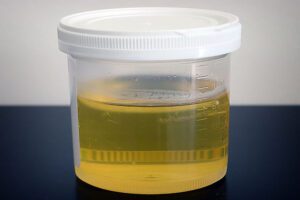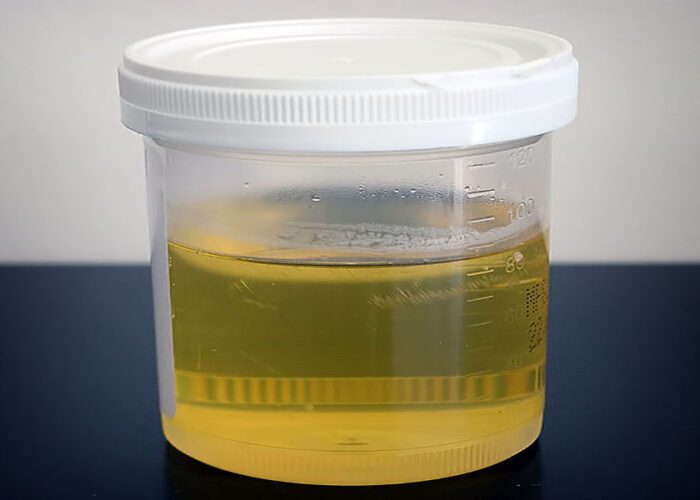
A new device developed to be able to smell prostate cancer is producing positive results after work by a research team from the Universities of Liverpool and West England.
The device, called an Odoreader, is able to successfully identify patterns of volatile compounds from urine samples, and detect those of which indicate cancer.
A paper published this month, entitled ‘The use of a gas chromatography (GC) – sensor system combined with advanced statistical methods, towards the diagnosis of urological malignancies’, stated that the results of a pilot study indicated that the new device is able to successfully identify patterns that allow classification of urine samples from patients with urological cancers.
Chris Probert, Professor of Gastroenterology at University of Liverpool’s Institute of Translational Medicine, told JMU Journalism: “The idea came from me and my colleague. I had noticed that different people had different smells of diarrhea, so I started studying that. I then thought ‘what else’? So I started to think about urine and linking it to cancer and that’s where the study really began.”
The researchers from the University of Liverpool and University of the West England (UWE Bristol) say that the results from this pilot study have made them reach an important milestone in fighting the disease and say that the device should save many lives.
The research team is now looking to fund a full clinical trial.
Professor Probert added: “We are hoping to do a bigger study, starting as soon as possible. If we get the same results it will then go industrial and hopefully many more devices will be made so that they can help every man on the planet. I see a huge potential in this device and hopefully it can help every man before symptoms even arise.”
Professor Norman Ratcliffe, Professor of Material and Sensor Sciences at UWE Bristol, said: “There is currently no accurate test for prostate cancer. Our aim is to create a test that avoids this procedure at initial diagnosis by detecting cancer in a non-invasive way by smelling the disease in men’s urine.”

